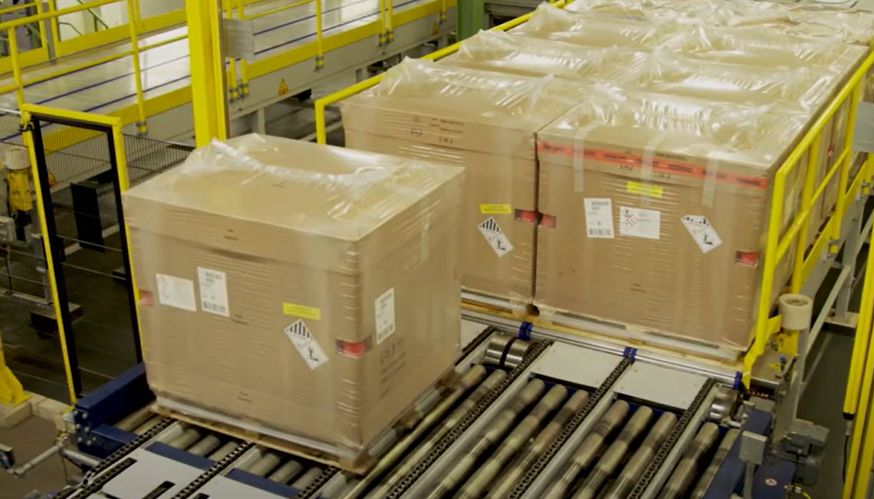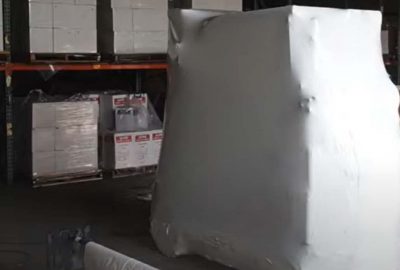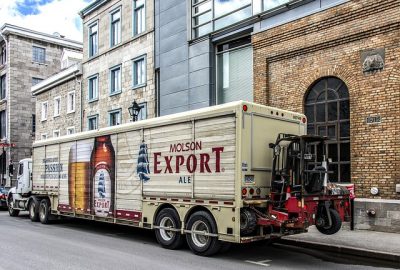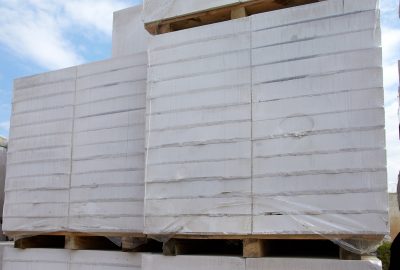Logistics packaging is designed not only to protect a product, but also to transport and store goods. Find out what different types of logistics packaging are and how the supply chain works, from the manufacturer’s factory to the retailer and then to the customer.
Primary, secondary and tertiary packaging
The packaging of a product makes it possible to protect it, but also to give it a certain aesthetic, which gives it a certain positive a priori when the customer receives it. For supply chain actors, packaging also affects their transportation and storage costs.
From a logistical and economic point of view, a distinction must be made between primary, secondary and tertiary packaging.
Primary packaging
The primary packaging is the one that directly contains the goods and protects them. It is the smallest unit of consumption. It is intended for the sale of a product by the piece: jar, can, bag, bottle, etc.
The objectives of primary packaging are:
- product identification: type, weight, expiration date, etc. ;
- communication with the manufacturer’s brand and product benefits;
- the protection of the content which is isolated;
- practicality for storage in the shelves.
Secondary packaging
Secondary packaging is a grouping of several primary packages. The retailer can use cartons, crates or plastic packaging to make up his stock.
The secondary packaging must withstand the numerous handling operations and stacking in the merchant’s storerooms. If it is to be on display in a shop, it must have a harmonious look and feel.
Tertiary packaging
Finally, the tertiary packaging is the upper unit that groups secondary packaging – of the same nature or not – for transport. These are commonly pallets and containers.
The presentation of tertiary packaging must allow for storage without loss of space. The elements must be stackable. Being subjected to numerous manipulations, as well as the hazards of transport, the type of material which composes them must resist to everything: shocks, humidity, sunlight, extreme temperatures, instability during transport, etc.
Tertiary packaging is generally not intended for public display. However, if this is the case – in the store, at the storage location or during the journey – it is important to take care of their appearance.
The packaging film
The primary packaging is usually provided by the manufacturer. It keeps the different parts of the product together and promotes its advantages. For secondary and tertiary packaging, two main types of film are used.
1 – Stretch wrapping
Stretch wrapping consists in unrolling film around the pallet, either manually in small workshops or with the help of a robot for industrial sizes. The goods are stabilized and protected.
2 – Shrink wrapping
Heat shrinkable film reacts, as its name suggests, by contracting under the effect of heat from a heat gun. The polyethylene film is unwound to form a sheath around the pallet and secure the various elements it contains. In reaction to the heat of the flashlight, the film tightens on the products and binds them together. It also hardens, forming a protective shell. The pallet is then stable and can be moved, loaded, unloaded and stored without fear using a pallet truck.
Shrink wrapping offers stronger protection than simple stretch film. In addition, there are specific films available to meet the requirements of the customers. For example, they can be UV-resistant or branded with the customer’s colors.








